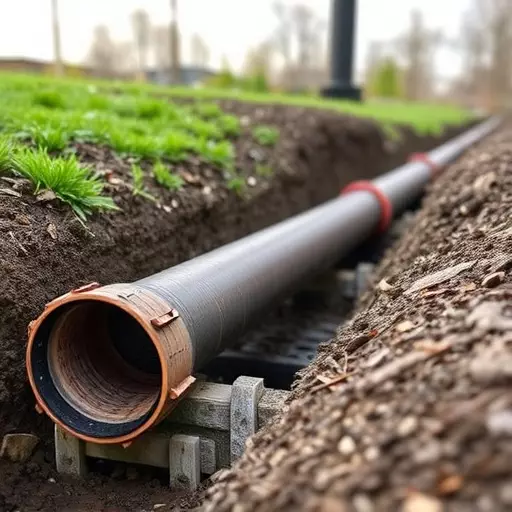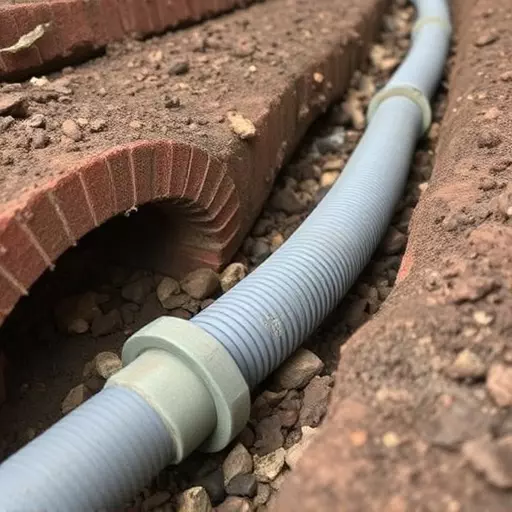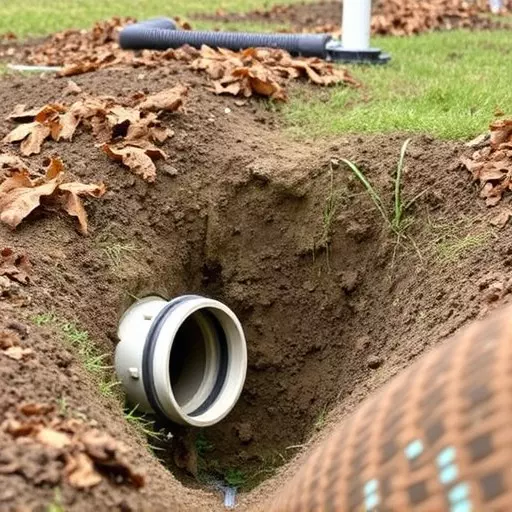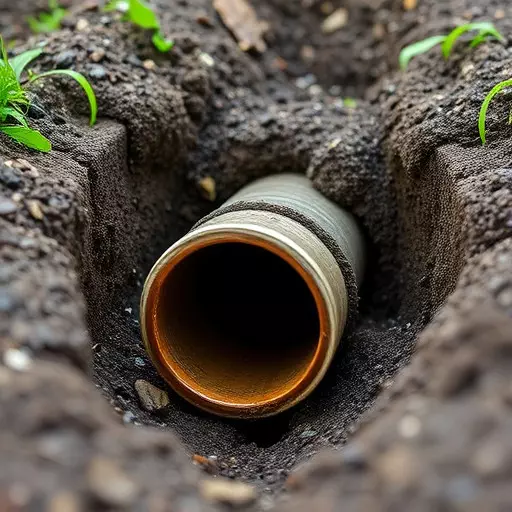A case study in Toledo, Ohio, offers valuable insights into the financial aspects of a major sewer infrastructure project involving 2 miles of pipe replacement. The $5 million cost breakdown highlights significant expenses for labor (40%), materials (35%), permits and design (20%), with emergency repairs accounting for the remainder (5%). Sewer line replacement costs in Toledo range from $50 to $75 per linear foot, varying by material (PVC, concrete), labor, and accessibility. Proactive maintenance is crucial to prevent costly repairs and maintain efficient urban waste management. Understanding these financial aspects aids municipalities in budgeting and decision-making for essential infrastructure upgrades.
In the realm of urban infrastructure, understanding sewer line replacement cost estimates is vital for city planners and property owners alike. This article navigates the intricate financial landscape of sewer system renovations, using Toledo’s project as a case study on budgeting. We deconstruct expenses, comparing traditional to innovative techniques, and highlight successful cost-saving strategies. Furthermore, we delve into sewer line repair costs, offering insights into minimizing expenditures and preventing future issues through proactive maintenance.
- Sewer Line Replacement Cost Estimates Toledo: A Case Study on Budgeting
- – Overview of the city's sewer line replacement project in Toledo
- – Detailed cost breakdown for different types of pipe materials and installation methods
Sewer Line Replacement Cost Estimates Toledo: A Case Study on Budgeting

In the city of Toledo, Ohio, a recent case study highlighted the financial considerations behind Sewer Line Replacement Cost Estimates. The project involved replacing over 2 miles of aging sewer pipes, a necessary infrastructure upgrade to prevent frequent clogs and leaks. This extensive repair was estimated to cost around $5 million, with expenses broken down into several key components.
The Sewer Pipe Replacement Cost Breakdown revealed that labor accounted for approximately 40% of the total cost, primarily due to the specialized skills required for such a complex project. Materials, including new pipes and associated fittings, constituted about 35%. Additionally, permits, design fees, and unforeseen emergency repairs added up to around 20% combined. This Sewer Line Repair Costs analysis underscores the multifaceted nature of sewer infrastructure upgrades, providing valuable insights for municipalities planning similar projects in Toledo and beyond.
– Overview of the city's sewer line replacement project in Toledo

Toledo, a city known for its vibrant industrial heritage, recently undertook a significant infrastructure project to replace its aging sewer lines. This initiative aimed to address persistent issues with the existing network, including frequent clogs and leaks, which were not only costly to repair but also posed environmental hazards. The project involved the replacement of several miles of sewer pipes, targeting main lines that had reached their structural limit.
The Sewer Line Replacement Cost Estimates for Toledo ranged from $50 to $75 per linear foot, depending on various factors such as pipe material (with PVC and concrete being more expensive), labor costs, and accessibility challenges. The Sewer Pipe Replacement Cost Breakdown revealed that materials accounted for approximately 40% of the total expenses, while labor and equipment made up the remaining significant share. This project underscored the importance of proactive sewer line maintenance to prevent costly repairs and ensure the city’s efficient waste management system.
– Detailed cost breakdown for different types of pipe materials and installation methods

When considering a sewer line replacement, understanding the cost breakdown is crucial for budgeting and making informed decisions. The expenses involved in this process can vary significantly based on several factors, including pipe material, installation method, project scope, and local labor rates. In Toledo, sewer line replacement cost estimates typically range from $50 to $200 per linear foot, depending on these variables.
For instance, a typical breakdown might include: plastic pipes, which are the most common choice due to their affordability, costing around $30-$60 per foot installed; concrete pipes, offering more durability but at a premium price of $80-$150 per foot; and metal or steel pipes, known for their longevity, priced between $100-$200 per linear foot. Additionally, installation methods impact costs: traditional open-cut excavation is more expensive than trenchless techniques like relining or pipe bursting, which are more efficient and cost-effective for certain situations.


